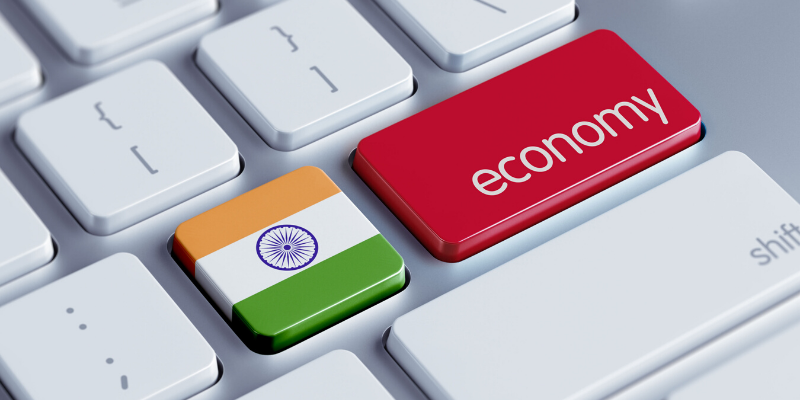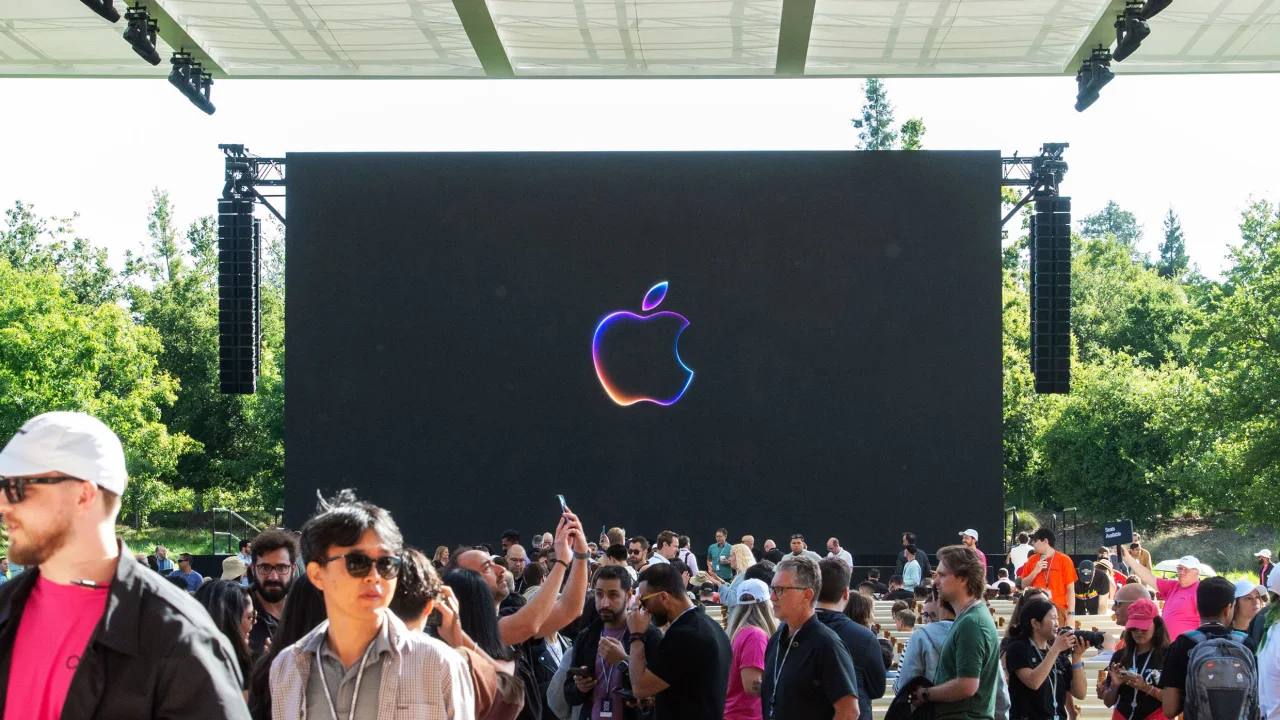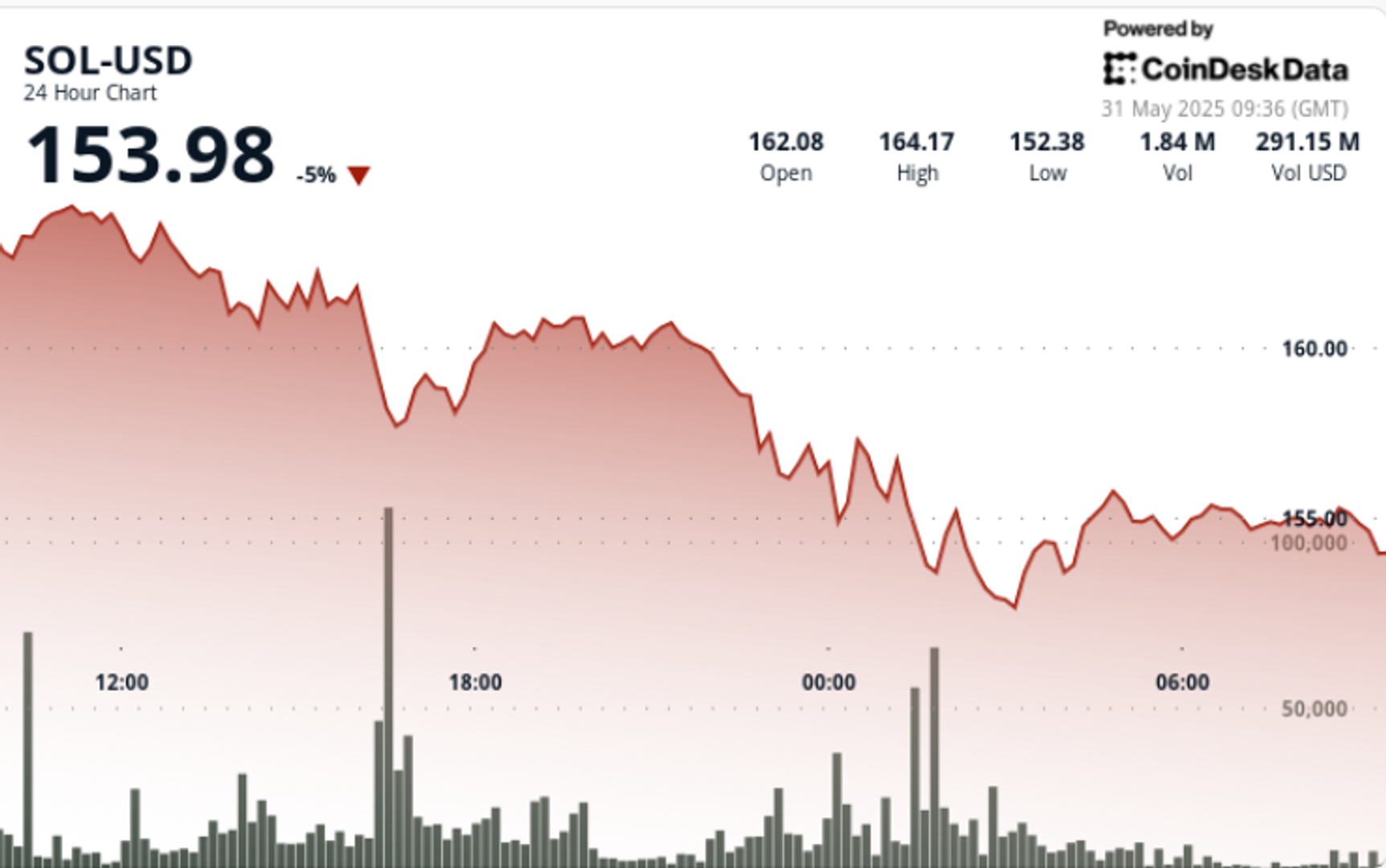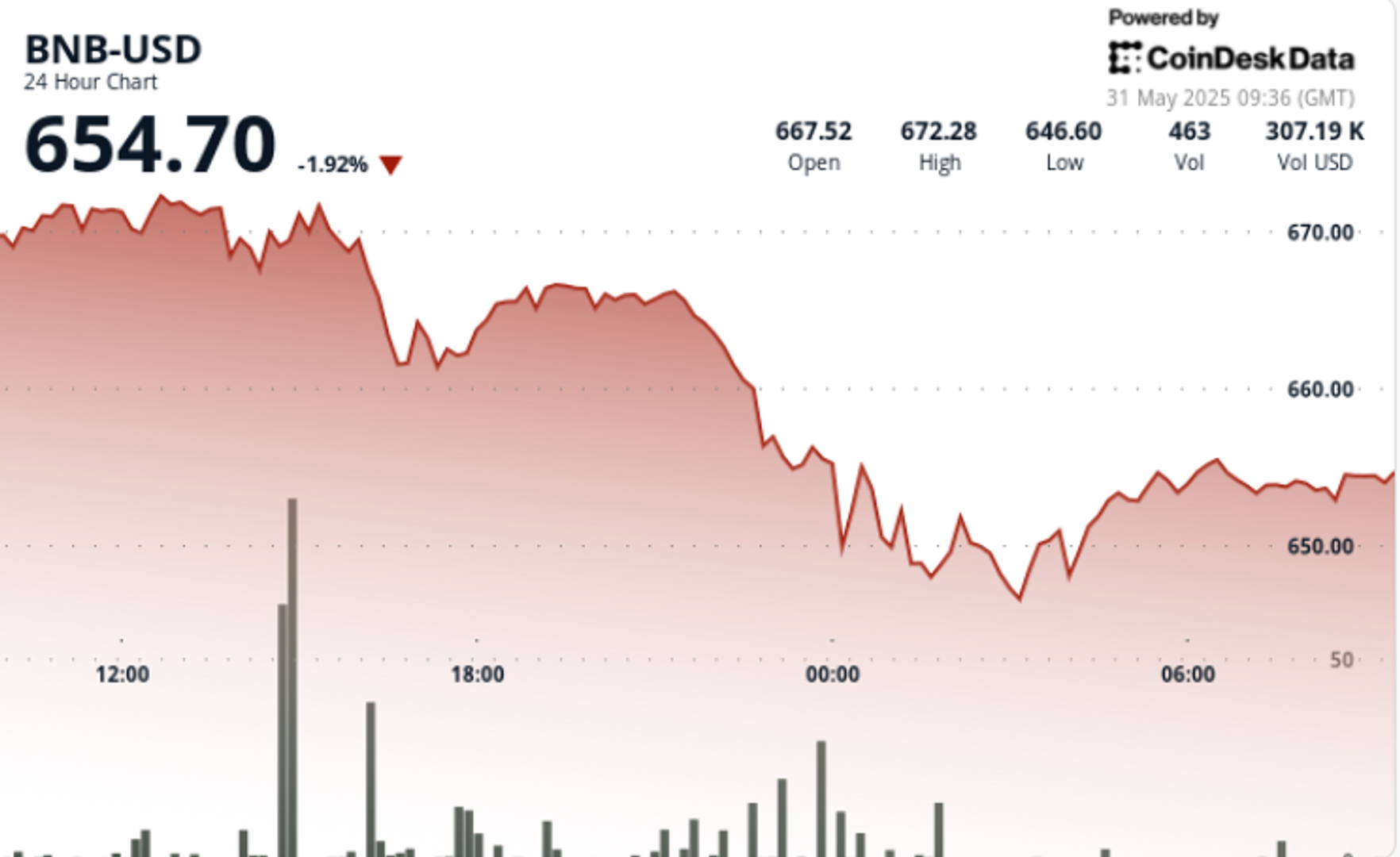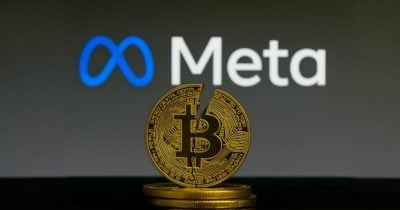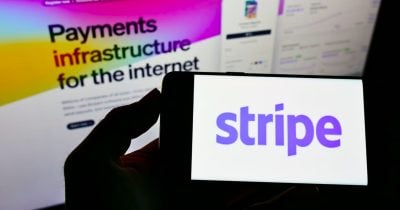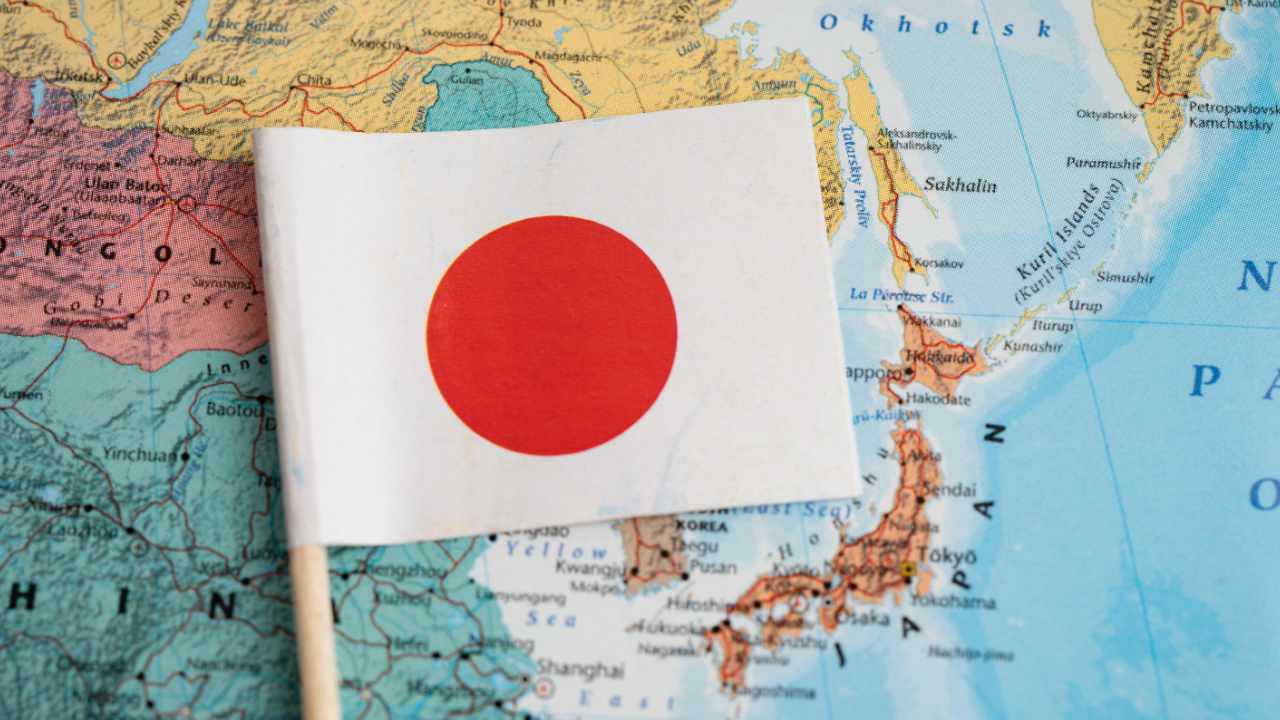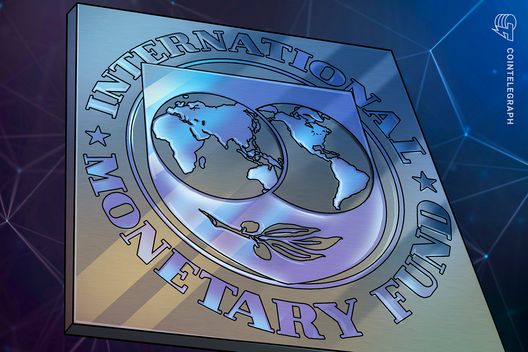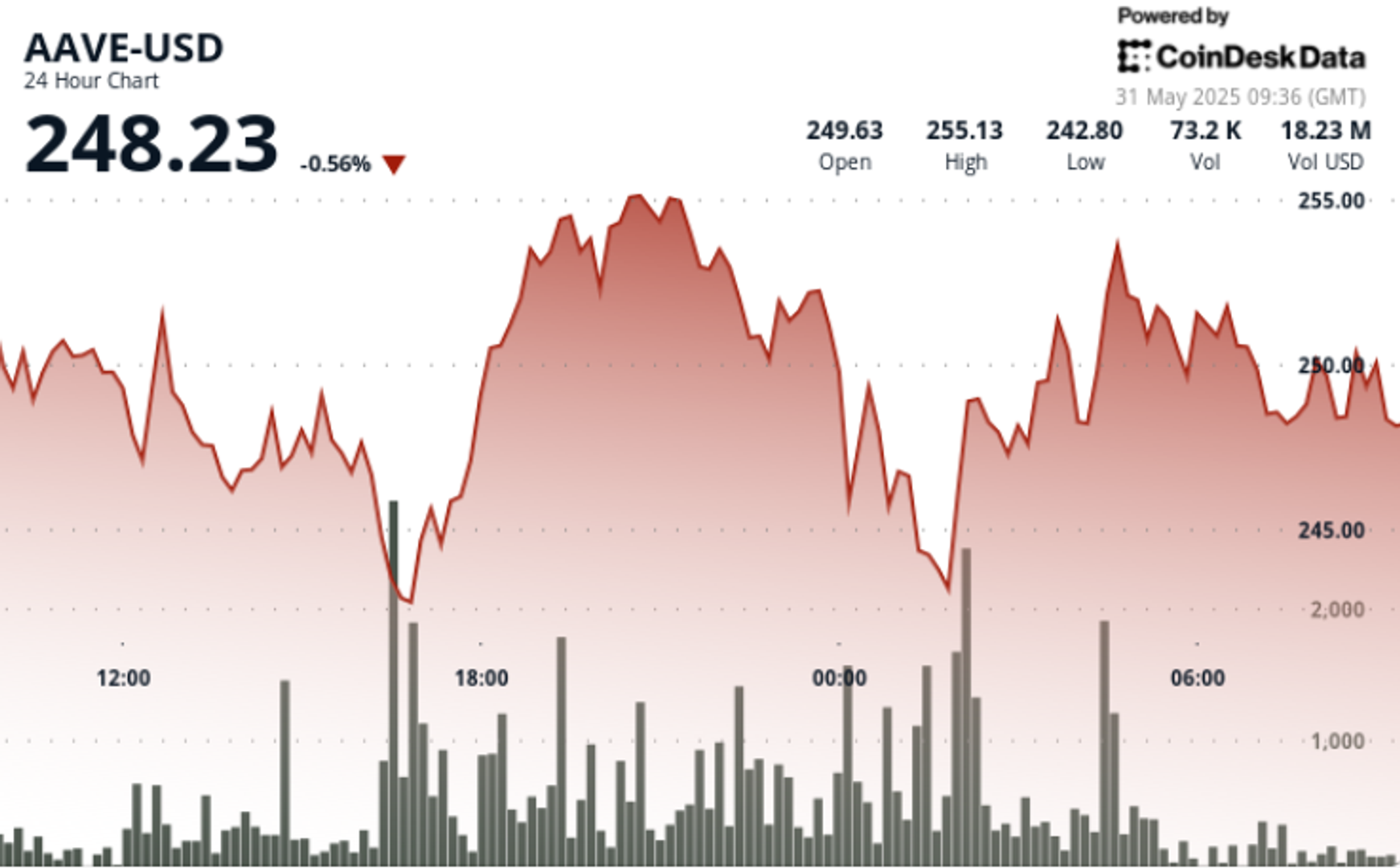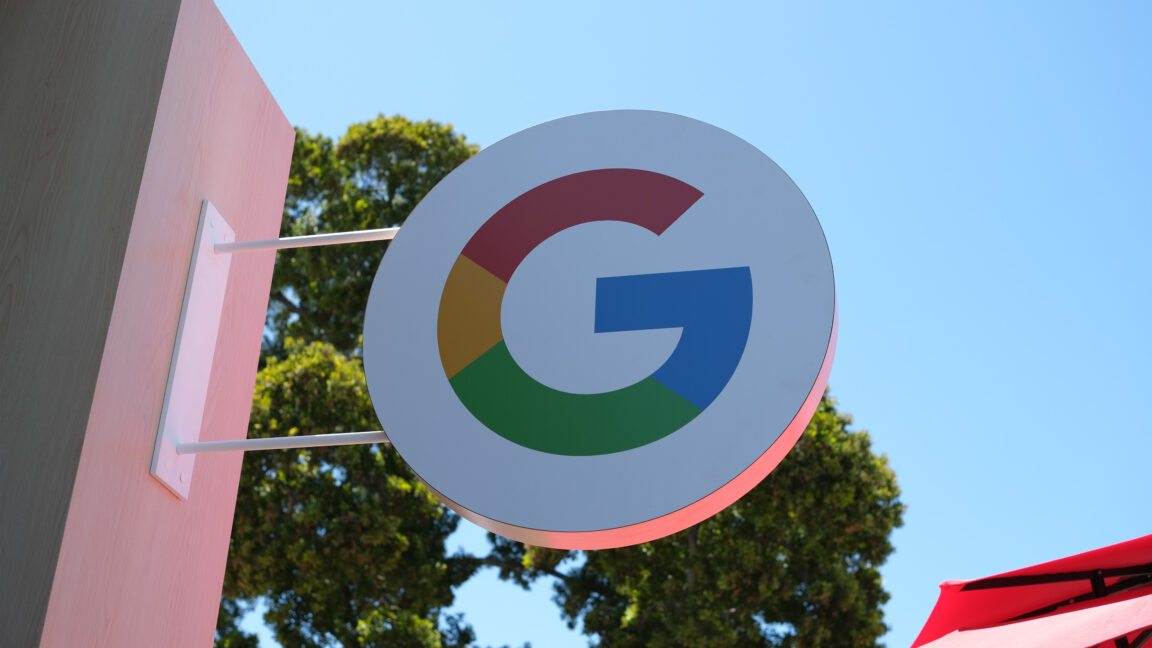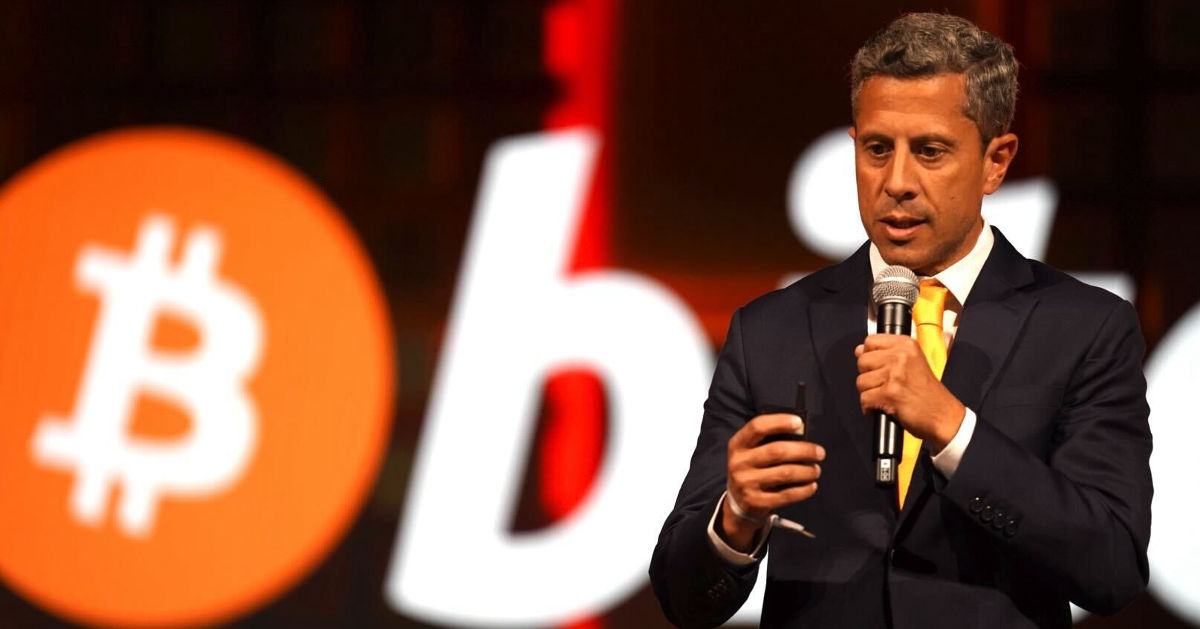UPI powers 84% of total retail payments in FY25; Central Bank Digital Currency trials gain ground
According to the RBI, India accounted for 48.5% of all real-time payment transactions worldwide by volume, a figure largely attributed to UPI’s scale and reach.
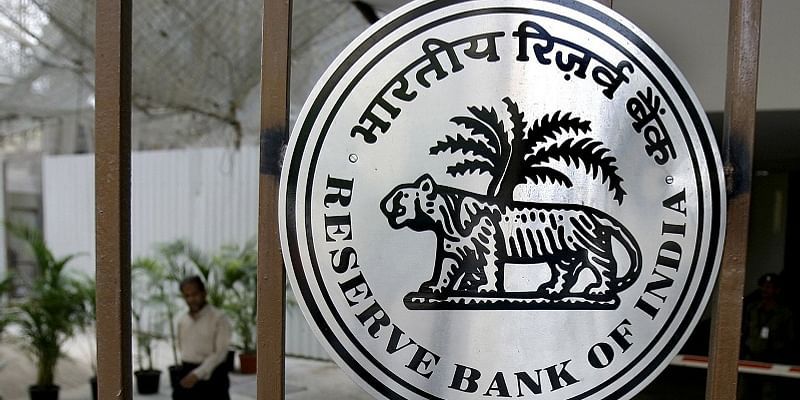
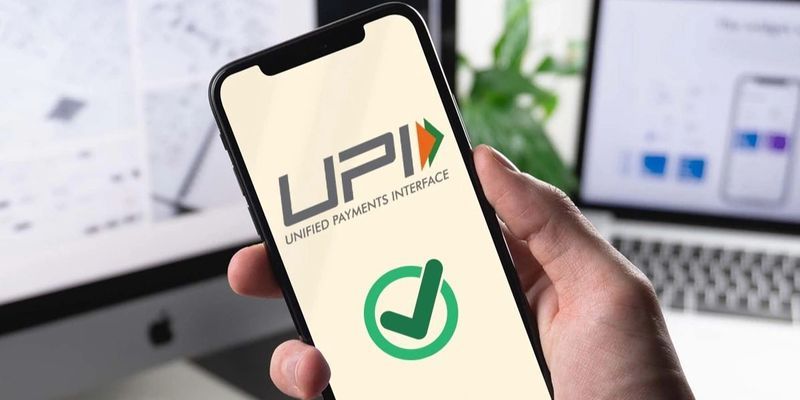
India’s Unified Payments Interface (UPI) continues to solidify its position as the backbone of the country’s digital economy, accounting for a staggering 84% of total retail payments in the fiscal year 2024–25, according to the Reserve Bank of India’s latest annual report.
The real-time payments system handled a significant increase in both usage and value. Transaction volume rose by 41.7% over the previous year, while the total value of payments increased by 30.3%.
The RBI noted a sharp rise in QR code deployments linked to UPI. As of March 31, 2025, the total number of active UPI QR codes stood at 65.8 crore, representing a 91.5% increase over the previous year.
According to the RBI, India accounted for 48.5% of all real-time payment transactions worldwide by volume, a figure largely attributed to UPI’s scale and reach.
The RBI report also highlighted the continued rollout of new UPI features during the year, including delegated payments and interoperability with credit lines. UPI has also been introduced in several international markets, including Singapore, UAE, and Sri Lanka; more countries are expected to be added in the coming year.
Following the rapid growth of UPI, the Indian government and the RBI are moving ahead with trials of a Central Bank Digital Currency (CBDC) as an additional mode of digital payment.
According to the RBI’s annual report for 2024–25, the CBDC-Retail (e₹-R) pilot was expanded significantly during the year, with new features such as programmability and offline functionality added to enhance usability. As of March 31, 2025, the retail CBDC pilot included 17 banks and over 6 million users across various regions.
The programmable feature is being tested for specific-purpose payments, such as subsidy disbursement and targeted transfers. In one example cited by the RBI, Odisha used CBDC to make direct benefit transfers under its Subhadra Yojana, reaching more than 88,000 beneficiaries.
The government is also exploring the use of CBDC for employee benefits, including meal and fuel allowances, using programmable wallets that restrict usage to approved categories.
In the wholesale segment, the CBDC-Wholesale (e₹-W) pilot has been extended to include four standalone primary dealers, in addition to banks, for testing government securities settlement and interbank transactions.
Edited by Swetha Kannan














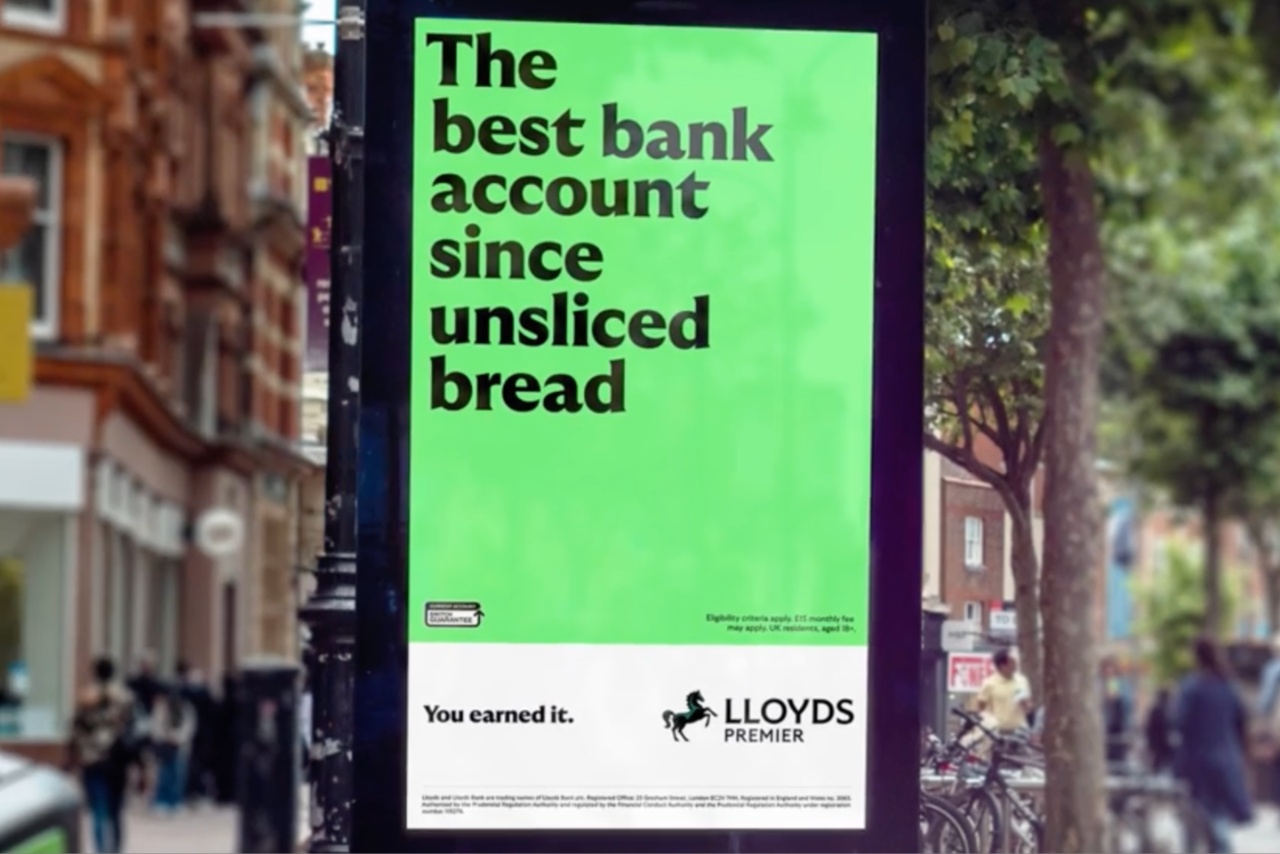




















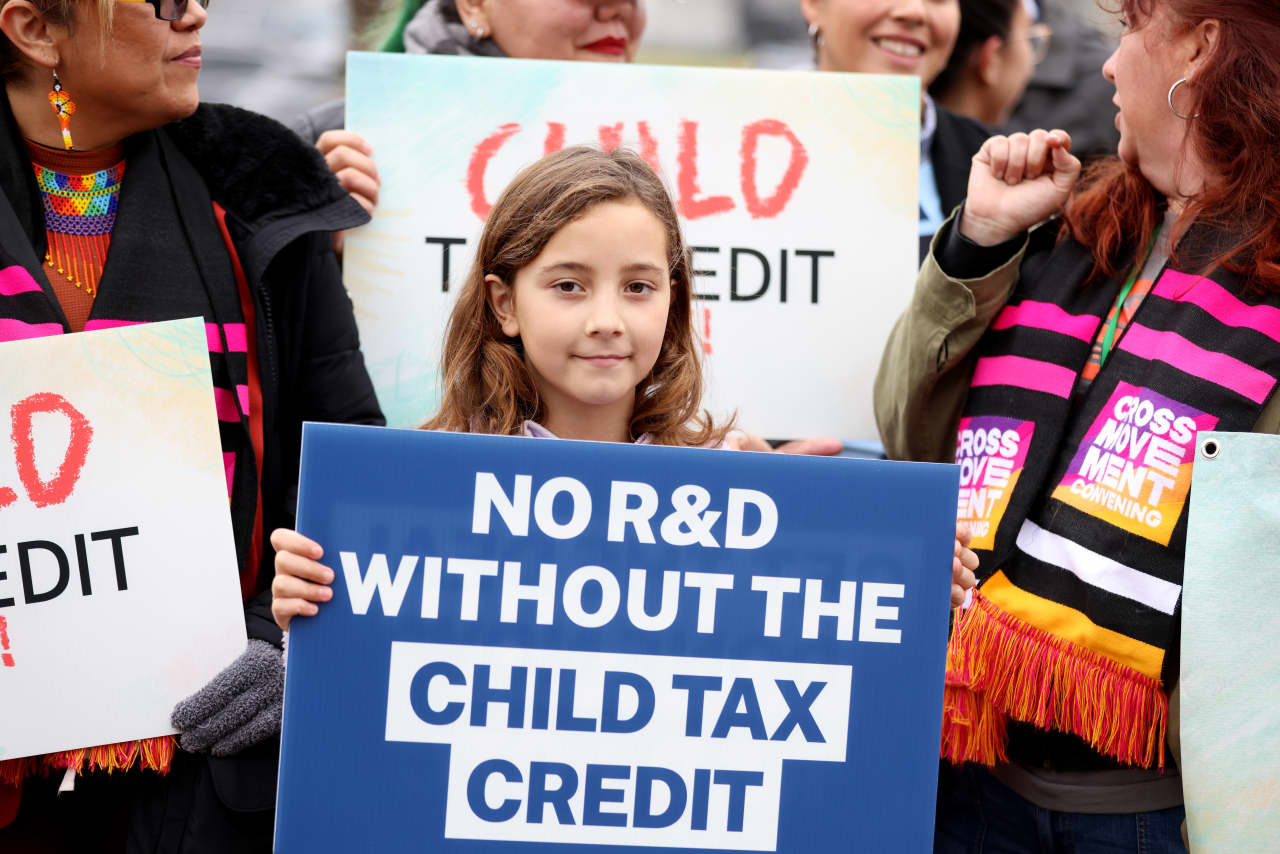














![[Weekly funding roundup May 24-30] Capital inflow continues to remain steady](https://images.yourstory.com/cs/2/220356402d6d11e9aa979329348d4c3e/Weekly-funding-1741961216560.jpg)

